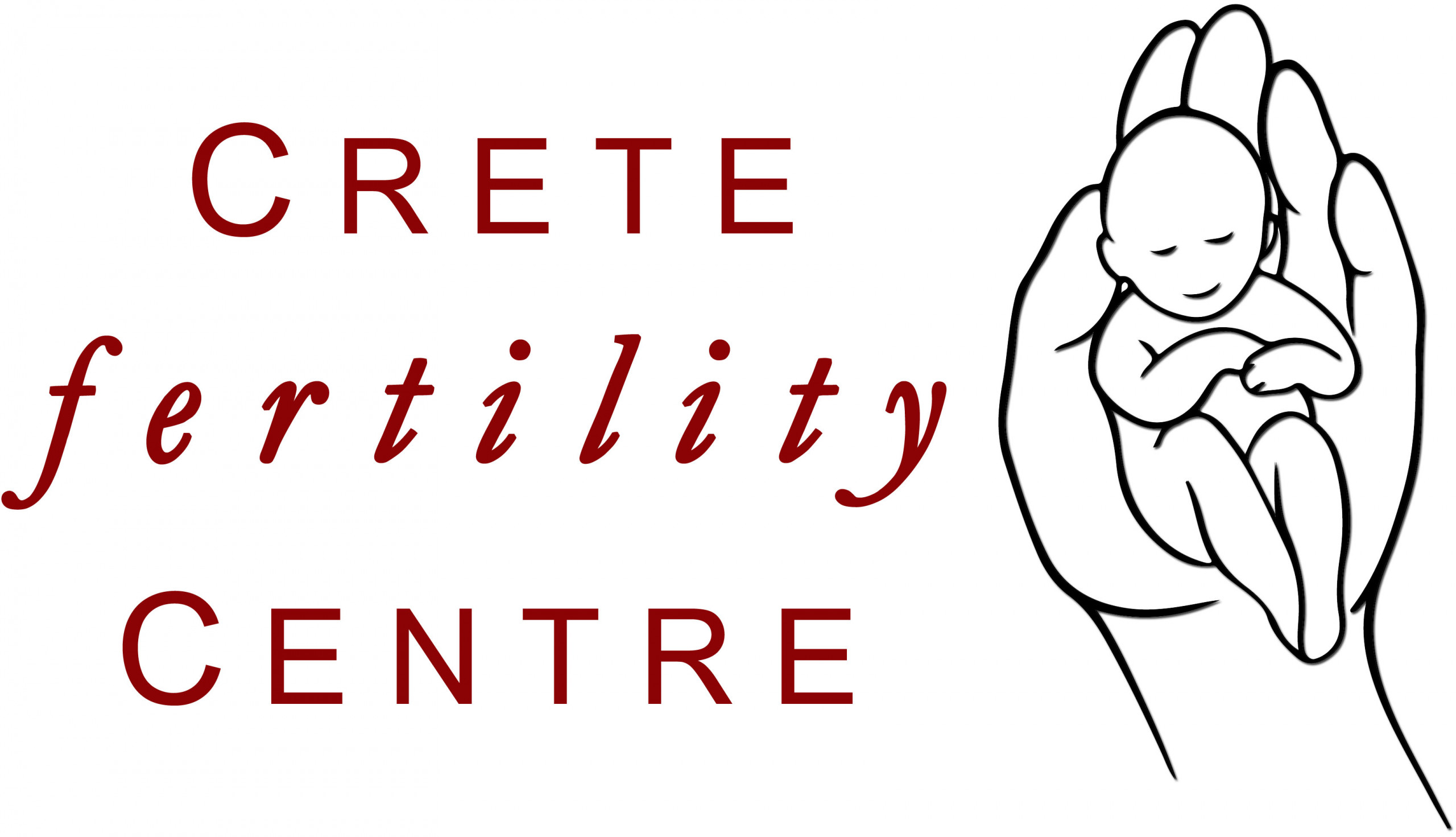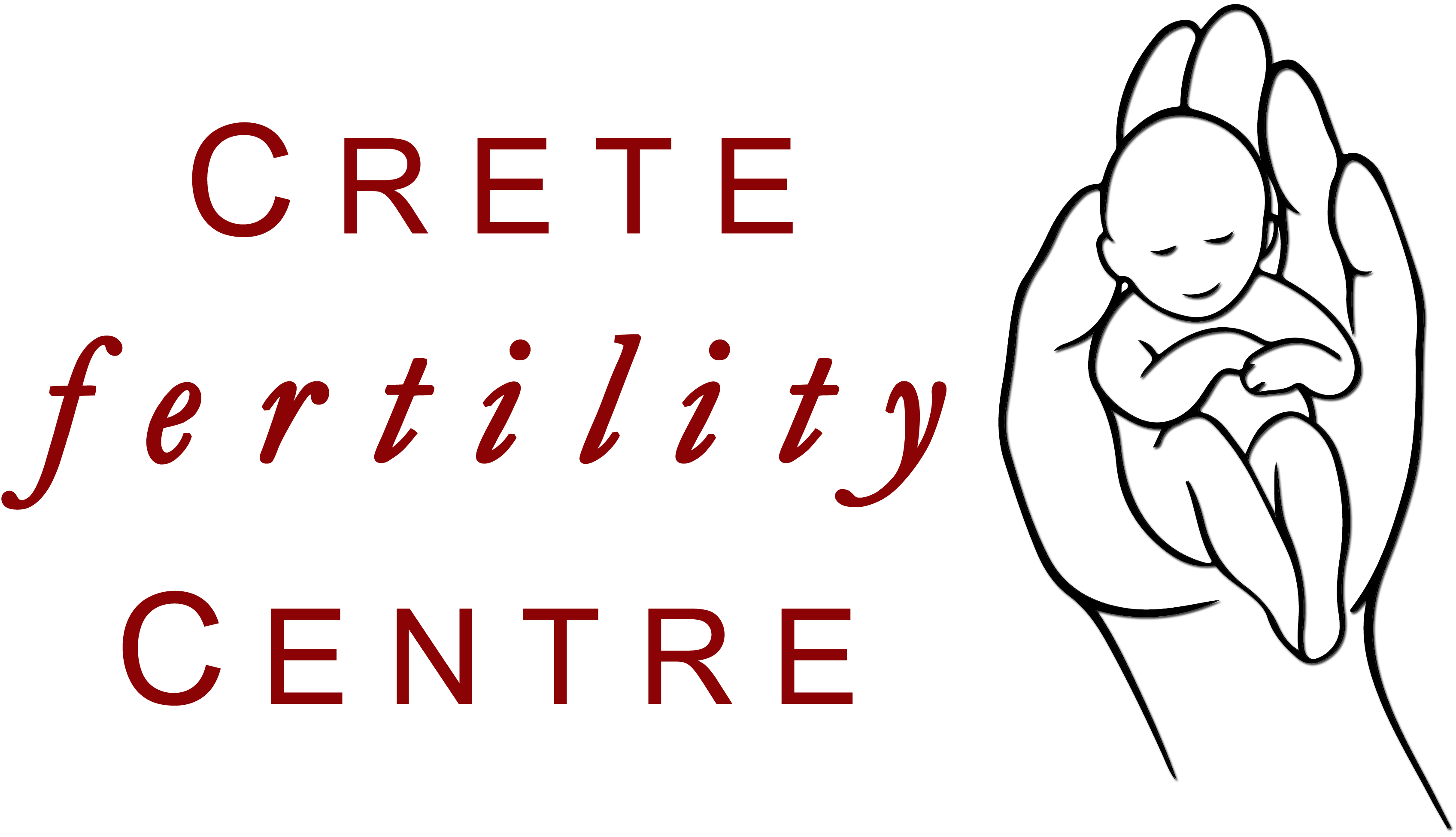Women Should Never Have an Age Limit on Fertility Treatment

A woman’s right to have a baby should be based on medical fact—not social judgement.
It’s been a busy few weeks in extreme baby-making: A 65-year-old German grandmother recently gave birth to quadruplets, and another woman the same age became Israel’s oldest mom after giving birth to a son.
Although the number of women kicking off their retirement years with a newborn is actually quite small, the news has prompted us to ask: How old is too old to have a baby?
It’s a question that has become more relevant than ever as egg freezing and donor egg banking make it possible for women to delay motherhood well into middle age. In 2013 in the U.S., there were 677 births to women 50 and over—up from 600 in 2012, according to the Centers for Disease Control’s National Vital Statistics Report. The biggest growth was among women ages 45 to 49, whose birth rate jumped 14% in one year—to 7,495 in 2013 from 7,157 in 2012.
Ever since fertility doctors figured out how to override menopause by preparing the womb with artificial hormones and implanting an embryo made with an egg donated by a younger woman, fertility doctors in the U.S. have been left to impose their own values of what’s reasonable. Some limit the age of patients to 46 or 50—or apply random formulas, such as requiring that a couple seeking treatment have a combined age of no more than 100. The idea is that if she’s 54, her 45-year-old partner would have enough lifespan left to make sure someone was around to take care of their children.
Doctors shouldn’t use social judgements to determine who’s eligible to be a mom by in vitro fertilization. “There’s no reason to say women in their 50s can’t be good parents,” says University of North Carolina reproductive endocrinologist Anne Steiner, whose research comparing women who gave birth after 50 to younger mothers concluded that the older women didn’t experience “reduced parenting capacity” due to increased stress or worse physical functioning. Another surprising conclusion: Most of these 50-plus women tended to partner with younger men.
Then there’s the question of whether it’s the U.S. government’s job to join the ranks of other countries, including Japan, Israel and many European countries, that limit the age at which women can receive such treatments. But ethics experts say it wouldn’t be tenable in a country that doesn’t pay for fertility treatments. “It’s also hard to make an upper limit because it contradicts reproductive liberties,” says Jeffrey Kahn of the Johns Hopkins Berman Institute of Bioethics, adding that it would be unfair to restrict women from receiving fertility treatments when men can procreate “well into their 70s.”
Besides, it’s nearly impossible to legislate what’s in the “best interests” of a child when grandmothers often care for children, and healthy women can live well into their 80s and longer, especially if they don’t smoke, and do exercise and wear seat belts. Research shows that women who give birth after 40 live longer than their younger peers, and the kids of older women conceived via in vitro fertilization perform better on tests. Never mind the other advantages of older parenthood, such as more patience, financial security, and motivation.
A better guideline would be for fertility doctors to decide which patients to treat by evaluating their health instead of checking their age. In fact, in 2013, the American Society for Reproductive Medicine attempted to quantify the age limit: “Embryo transfer should be strongly discouraged or denied to any woman over age 50 with underlying issues that could increase or further obstetrical risks and discouraged in women over age 55 without such issues.”
The risks of older pregnancies—and challenges of late-in-life parenthood—should not be downplayed, although using eggs donated from younger women can reduce the chances of birth defects associated with older eggs. Yet one 2012 Columbia University study of 101 women who gave birth after 50 found they had similar rates of hypertension, gestational diabetes and pre-term labor as a control group under 42. The research, which was published in the American Journal of Perinatology, also found the babies from both groups were comparable in gestational age and birth weight.
The data suggests that patients up to 55 who are carefully selected and well-managed can have safe pregnancies. A woman’s right to have a baby should be based on medical fact—not social judgement.
Finding a consensus on “how old is too old” based on safety would level the reproductive playing field between women and men. It would protect women’s access to doctors who would be less likely to impose seemingly arbitrary age limits. Hopefully, it would also reduce stigma on older mothers—and most important, their children. That would be in everyone’s best interests.
Source: http://time.com/3914293/women-fertility-treatment-age/




